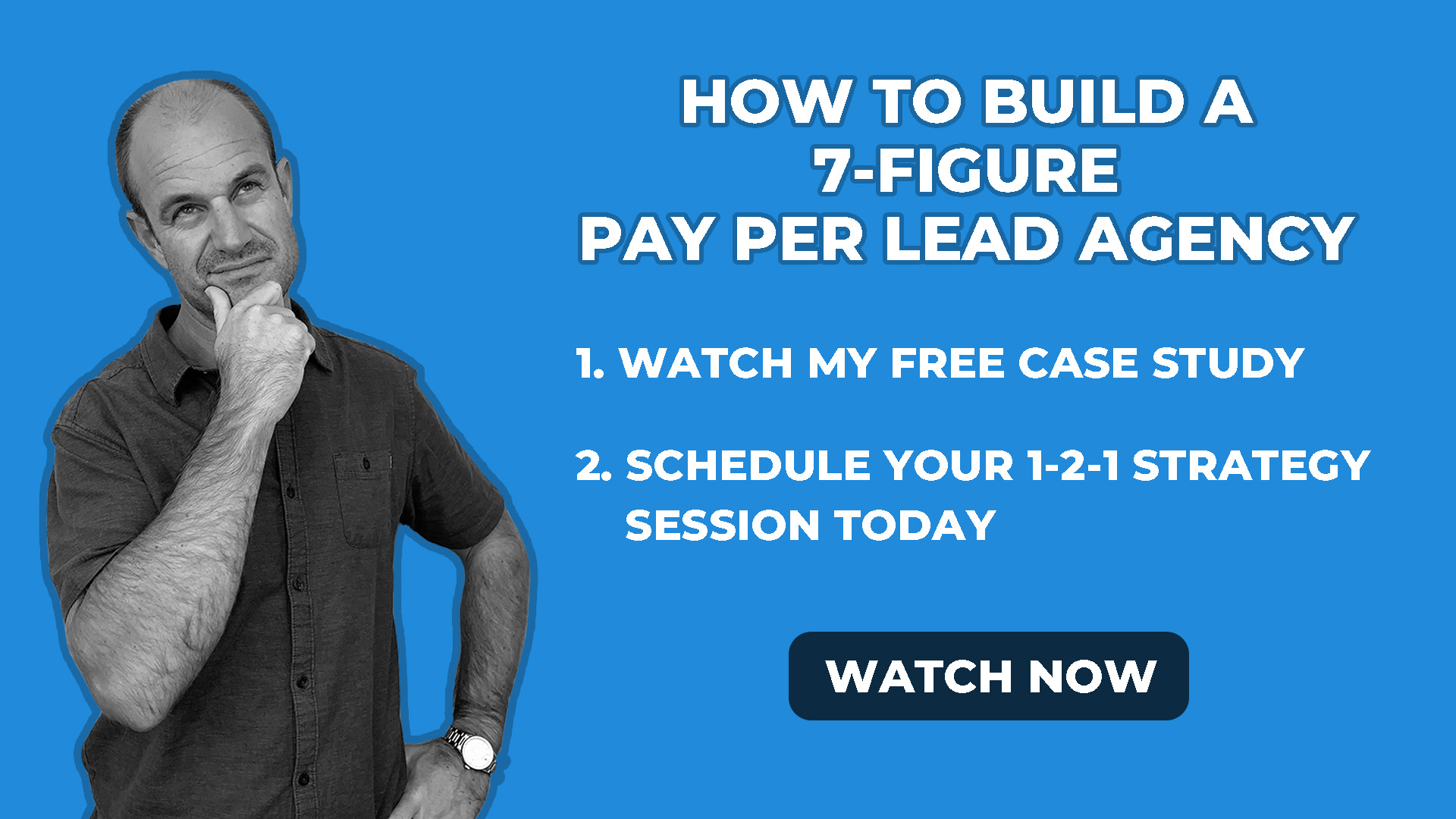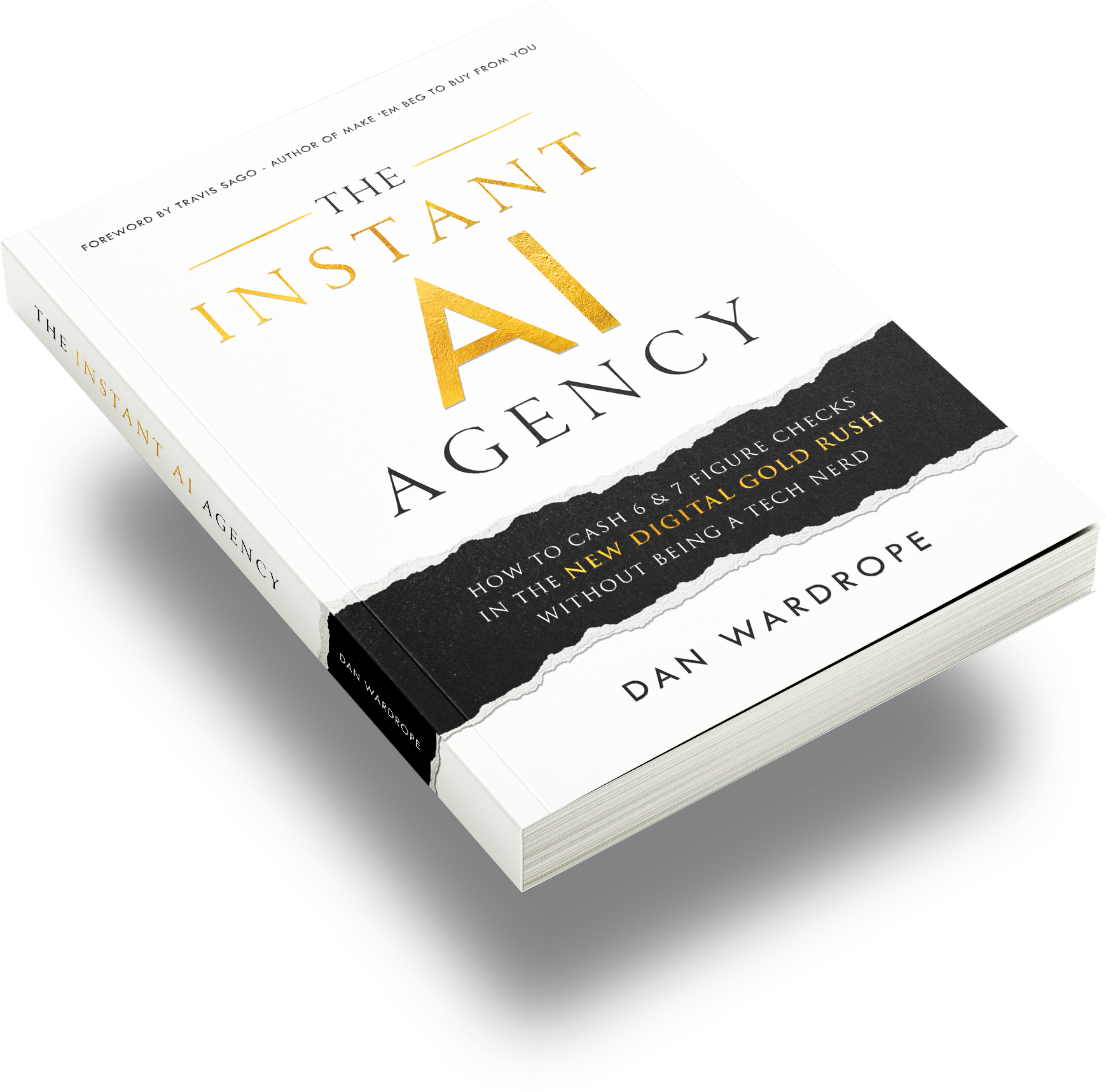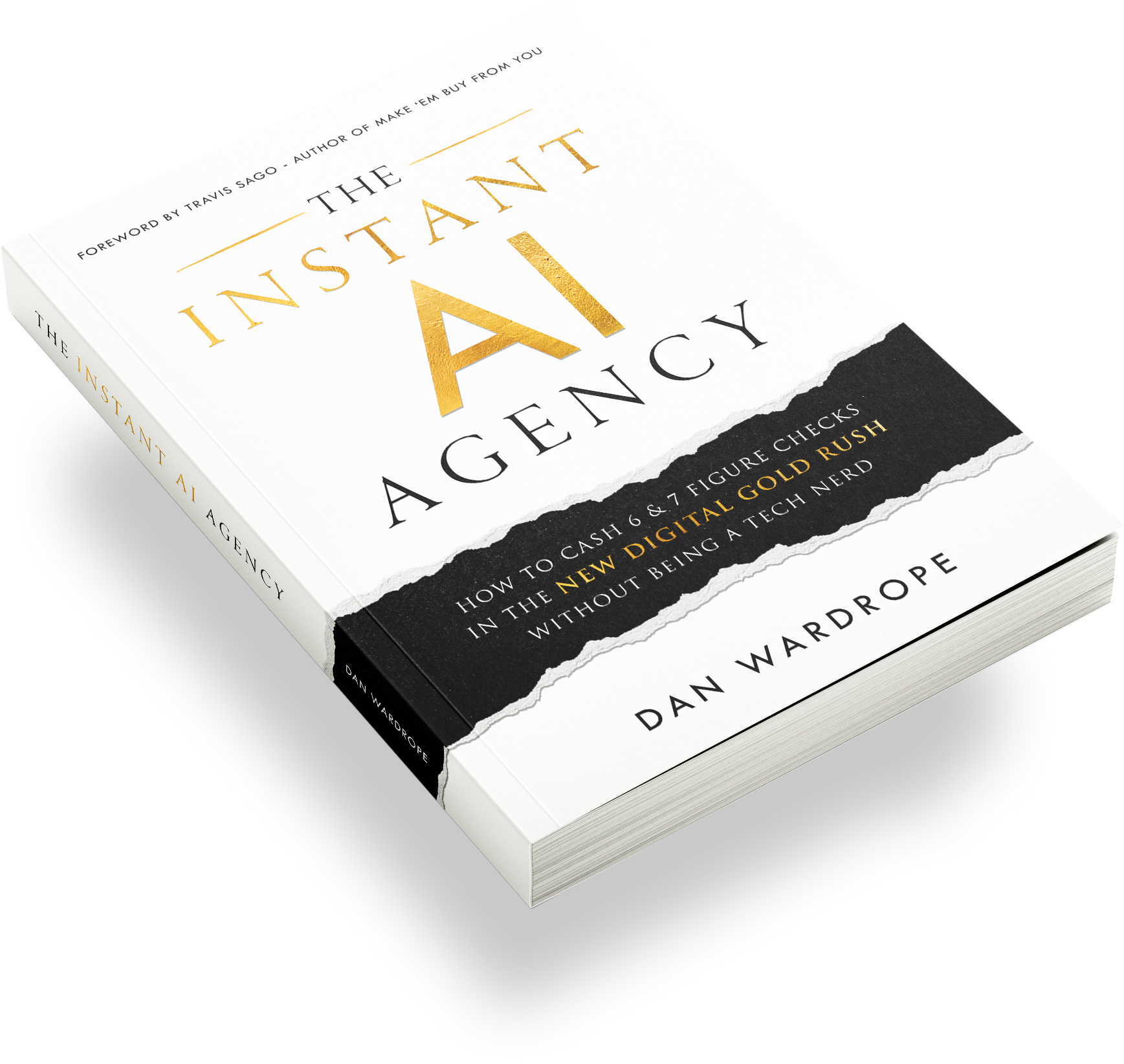Closing a client is only the first step in the lead generation process.
Whether you’re on a retainer contract or the Pay Per Lead model, you probably feel excited when you bring a new client on board. You want a mutually beneficial relationship, one where the rewards are prevalent on both sides.
To build this kind of partnership, thoroughly understanding your client’s wants and needs is crucial – particularly when you’re working off the Pay Per Lead model.
See, the client will pay you for every lead you generate, parting with a lot of money for the highest quality leads you can offer. If the client doesn’t feel the contact rate is high enough, or that the leads don’t match the kind of customers they’re looking for, they just won’t hire you again.
But let’s not forget what the client can do for you. Finding the right clients to work with on the Pay Per Lead model is as essential as you providing the best possible service.
To find the right kind of clients, you can’t shy away from asking some vital questions. No one is comfortable grilling someone else, and we’re likely to accept wishy-washy answers just to end the process that bit faster.
Easier it may be, but that’s not going to get you the client relationship you want. To see if everything’s a suitable fit, here are my top tips on what to ask a Pay Per Lead client before you start generating leads.
#1. Remember You’re A Commodity, Not An Employee
In an employer/employee relationship, there is a power imbalance. It’s not a bad thing to be an employee, but it means 1) you won’t be making any big decisions and 2) that you need the client more than the client needs you.
If you’ve transferred over to the Pay Per Lead model, you’re no longer involved in that power imbalance. Unlike the retainer model, where you’re chasing clients all the time, making hundreds of cold calls, and trying to persuade businesses to sign long term contracts, the Pay Per Lead model gives the agency owner the freedom to cherry-pick the best clients.
Why?
Because the Pay Per Lead agency owner offers precisely what the client wants and nothing more: high-quality leads.
It’s a win-win situation. If you can generate leads for $25, then sell them for $100, that’s a $75 profit per lead. A standard order is 100 leads per week, so you’re looking at a weekly gain of $7500. And that’s just from one client.
The client, on the other hand, isn’t expected to shell out thousands of dollars before you even send them the first batch of leads. If they decide they don’t want to use you again, they’re not stuck in a three or six-month long contract. Likewise, if your leads are of a gold standard (as they should be), then clients will be falling over themselves to hire you again.
They may be paying you a bit more than they would overall on a retainer contract, but leads of that quality are worth the price.
So, remember that you’re an investment, not an employee. When speaking to clients, don’t be afraid to let that confidence show. Having faith in yourself is infectious – it won’t take long before your self-confidence transfers over to the client.
#2 Ask Your Client About Their Past Performance
Just as a client will ask about your work history, you need to show that same level of interest in the client’s.
Ask them about the leads they’ve received before:
- What’s their average contact rate for leads?
- What’s their “lead to close” ratio? (I.e. out of all the people they contact, what percentage of leads convert to customers).
- How many converted leads make their monthly sales goals?
- How often do hit their monthly targets?
Of course, low contact and conversion rates could be down to dodgy marketing agencies providing them leads in the past. The client even may offer that as an explanation.
But dig a bit deeper. How big is the client’s sales team? Is it a full department, or a receptionist operating the phones? If the client isn’t hitting their targets, do a bit of detective work. See if the client falls short because of past (dodgy) agency relationships, or due to their current sales set up.
If they appear reluctant to answer these questions or say they “don’t really know”, steer clear.
A good client would know these facts and figures inside out. Even if they weren’t getting great results, a trustworthy client would share them with you. After all, you are there to solve their problem.
#3 Ask Clients About The Demographics They Target
To generate the highest quality leads for your client, you’ll need to know the demographics they’re currently targeting.
So, before you start writing or building anything, ask your client the following questions:
- What age range are you targeting?
- What’s their gender? If both, how are conversions weighted? I.e. 70% female and 30% male
- Where does your ideal customer live?
- Are they married?
- What is your ideal customer’s average monthly income?
- What is their occupation?
- Do they have a college or university degree?
And so on. The answers will help you build your customer avatar and empathy map later on.
However, if the client gives wishy-washy answers, this is a bad sign. Again, the answers to these questions should roll off the tongue.
If your client isn’t sure of their target market, you don’t have a hope in hell of generating leads to their satisfaction. Be polite as you can, but do tell them that it’s not a good fit for you.
#4 Ask Them How They Want Their Leads Delivered
In an earlier post, I talked about the many different ways to deliver leads to your clients. Sending leads via email is an option.
However, be very wary if a client asks you to deliver all leads via email. This typically means that the client doesn’t have a decent follow-up system in place, and will neglect the leads.
On the back of that, it also means that they don’t have a good sales team or they’re incapable of processing large numbers of leads.
I’ve had about 50 cases of clients only wanting leads delivered by email. Those client relationships have never worked well for me.
If your client is serious about bulk-buying high-quality leads, they’ll have an API integration with a CRM. As soon as they receive the leads, their follow-up system (text, email, telephone call) should be triggered immediately.
#5 Ask Your Client About Their Contact Strategy
Contact strategy is so important. If you’re putting your heart and soul into generating leads, and then your client just sits on them, that’s going to impact their contact rate massively. The last thing you want is the blame for a low contact percentage.
Ask your client the following questions:
- If it’s a phone call, do they tell the lead precisely what time and day they’ll be in contact?
- Do they have a dialler/diallers, ready and waiting to pick up the phone?
- Do they use SMS marketing?
- If the lead doesn’t pick up the first time, how many times do they dial that number afterwards? If it’s three times the first day, how many times the second?
- Have they got an email automation sequence lined up for anyone who isn’t ready to convert just yet? How do they warm the prospects up?
Again, if the client seems vague on any of these points, they won’t work for you. Any business that knows how to close leads will have a dedicated contact strategy.
#6 Ask Your Client How Many Leads They Want A Week
This one is a bit of a no-brainer, so I’ll move on quickly.
Any client worth their salt can spend five-figures a week on advertising and will want at least 100 leads a week.
Any client that can’t handle that kind of volume isn’t going to be a client for very long. That’s why I warn against taking on surgeons, dentists, gyms, or other local businesses. They all need advertising, but it’s impossible to scale. Sticking to dentists, etc., means your agency will struggle to make the high-five or low-six figures a year.
#7 Trust Your Gut
If you’re starting out in a vertical and you’re trying to get your foot in the door, starting with a smaller client is an excellent way to get practice. As long as they can answer most of the above questions, then they should be safe to work with.
But don’t pin all your hopes and dreams on them. Small scale clients just don’t have the capacity to become regular customers. I suggest using these clients for “market research” projects, rather than “massive profit” projects.
As your agency grows and you get more established in your field, get a bit pickier.
- You’ve found your niche and what you’re good at
- Clients are coming to you, rather than the other way around
- You’ve established your “speciality” within that market
There’s no need to scrap around for offers. If you have a potential client on the phone, and something seems off, listen to your gut.
I’ve had clients before that have sounded too cocky, too quick to cover up their uncertainties with a stream of BS.
There has never been a time when alarm bells have gone off in my head, and I’ve been wrong. Trust your instincts and decline the offer. If you have trouble saying “no” to pushy people, read this article here.
Your reputation, vision and, frankly, your sanity are too important to waste on one or two rotten eggs.
Conclusion
Building funnels and generating leads is time-consuming, so you should work with clients you trust.
Ask every potential client these questions before you start creating their funnels. We have a community of Pay Per Lead agency owners that are landing clients right, left and center.
If you’d like to try the Pay Per Lead model for yourself, we have a free case study video for you.
Inside you’ll find how I:
- Severed ties with retainer contracts once and for all
- Moved away from local businesses
- Started working with national B2C companies
- Land high-ticket clients
- Found the verticals we work in
- Consistently generate leads of the highest quality
Click below to watch it now!








